Understanding the ANS Task Force: The Aquatic Nuisance Species (ANS) Task Force is a critical federal coalition protecting America’s waters from invasive species that disrupt ecosystems, economies, and communities. One unique and important focus of the Task Force is seaplanes — aircraft that take off and land on water, which can unwittingly carry aquatic invasive species (AIS) from one waterbody to another. This article provides an in-depth exploration of why the ANS Task Force cares about seaplanes, the history and mission of the Task Force, detailed prevention guidelines, economic stakes, and how everyone can help keep aquatic ecosystems safe.
Table of Contents
Understanding the ANS Task Force
The Aquatic Nuisance Species Task Force stands as a robust defense against invasive aquatic species threatening the ecological and economic health of U.S. waters. Seaplanes, beloved for their unique access to beautiful waterways, may unintentionally undermine these efforts by ferrying aquatic hitchhikers. Through legislative action, scientific research, industry collaboration, and pilot engagement, the ANS Task Force aims to close this pathway of introduction. Every pilot and stakeholder has a critical role to play: inspect, clean, dry, and report to protect America’s waters for generations to come.

| Point | Details |
|---|---|
| Task Force Creation | Established by Congress in 1990 under NANPCA;, reauthorized in 1996 by NISA to combat AIS nationwide. |
| Seaplane Role | Seaplanes physically transport invasive plant and animal hitchhikers on floats, hulls, gear, and trapped water. |
| Financial Impact | Over $2.3 billion spent annually nationwide fighting invasive species. |
| Prevention Steps | Clean, drain, dry — inspect thoroughly with hot water cleaning and regular reporting. |
| Official Resources | Information and programs at: www.anstaskforce.gov |
What Is the ANS Task Force?
The ANS Task Force was established by the Nonindigenous Aquatic Nuisance Prevention and Control Act (NANPCA) of 1990 and reauthorized by the National Invasive Species Act (NISA) in 1996. These laws recognized the urgent threat posed by aquatic invasive species and the need for a national coordinated response.
The Task Force is composed of 13 federal agencies and 13 ex-officio non-federal members from states, tribes, academia, and private sectors, led jointly by the U.S. Fish and Wildlife Service and the National Oceanic and Atmospheric Administration (NOAA). Together, they coordinate programs, policies, and research to prevent, detect, control, and manage AIS in U.S. waters.
Its core mission includes:
- Prevention: Stop invasive species before they establish.
- Monitoring: Detect new invasions early.
- Control and Restoration: Manage and restore affected ecosystems.
- Research: Develop innovative control methods and improve surveillance.
- Education: Inform and engage stakeholders and the public.
The Task Force operates through six regional panels tailored to address specific geographic challenges, including regions like the Great Lakes, Northeast, Gulf and South Atlantic, Mississippi River Basin, Mid-Atlantic, and Western states.
This structure enables localized expertise to augment national coordination, ensuring best practices and policies fit diverse ecological contexts.
Why Are Seaplanes on the ANS Task Force Radar?
Seaplanes are unique watercraft that directly contact water bodies often rich in biodiversity. Their ability to freely move across lakes, rivers, and coastal waters makes them an important vector for AIS transport:
- Floats, hulls, and rudders provide surfaces for invasive species like zebra mussels, aquatic plants, and algae to cling.
- Water trapped in tanks, bilges, or cooling systems can hide larvae and microscopic invaders.
- Seaplanes easily connect isolated waterbodies that might otherwise be insulated from species transfer.
- The rapid movement and widespread use of seaplanes for recreation, tourism, and transport amplify this risk.
The ANS Task Force, through research and pilot programs, identified seaplanes as a high-risk pathway, making their inspection and decontamination a priority for AIS prevention policies
ANS Task Force’s Expanded Role in Managing Seaplane AIS Risks
Historical and Legislative Background
The explosive spread of invasive species like zebra mussels in the late 1980s and early 1990s galvanized action from Congress. Not only did these species devastate native fauna and flora, but they clogged water infrastructure causing millions in economic damages.
NANPCA and NISA gave the ANS Task Force:
- Legal authority to coordinate AIS prevention,
- Responsibilities spanning policy, research, management, and outreach,
- A platform to unite agencies, states, and tribes in collective action.
This legislative foundation allows a comprehensive, science-based, and cooperative approach to a national environmental challenge.
Research, Risk Assessment and Innovation
- The Task Force supports ongoing research identifying how seaplanes contribute to AIS spread and which species pose the greatest threats via this pathway.
- They investigate new technological solutions, including anti-fouling coatings, improved seaplane design, and innovative water treatment techniques to disrupt invasive lifecycles.
- They analyze flight patterns and frequent waterbodies to target inspection and intervention efforts.
Policy and Partnerships
- The Task Force actively engages seaplane manufacturers, operators, and pilot associations, fostering compliance through education and voluntary standards.
- Collaboration extends to regional AIS councils and state agencies that implement inspection checkpoints, launch outreach campaigns, and enforce applicable regulations.
- Federal agencies work to establish consistent cleaning and inspection protocols to avoid patchwork regulation and confusion in the aviation and aquatic communities.
Funding and Regional Coordination
The ANS Task Force allocates grants for research, outreach, inspection technologies, and rapid response programs. Regional panels play a key role by customizing strategies based on local ecosystems and transportation networks.
In real terms, this means:
- Funding programs that educate and assist seaplane pilots,
- Supporting infrastructure for inspection stations near major waterbodies,
- Driving innovation through pilot projects that test new approaches to AIS control.fws+2
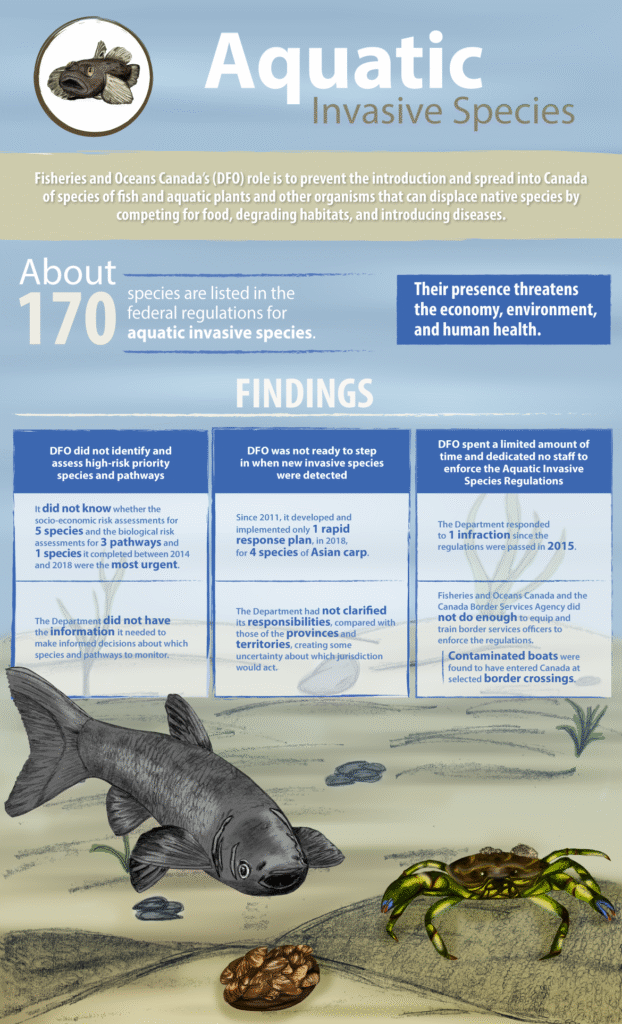
How Seaplane Pilots Can Help: Detailed Steps
Your role as a seaplane operator is vital in protecting waterways. Here is a detailed step-by-step process to prevent AIS spread:
Step 1: Pre-Flight Inspection
- Examine all surfaces contacting water: floats, hull, rudders, struts, cables.
- Remove visible plants, animals, mud, algae using brushes or scrapers.
- Pay special attention to cavities, joints, and crevices.
Step 2: Cleaning with Hot, High-Pressure Water
- Wash aircraft thoroughly with water above 104°F (40°C) to kill invasive organisms.
- Use high-pressure nozzles to reach hidden areas.
- Hot water cleaning is proven effective against many invasive larvae and eggs.
Step 3: Drain and Remove Standing Water
- Empty all water compartments thoroughly: fuel tanks, bilges, floatation chambers.
- Drain cooling systems and plumbing if possible.
- Stagnant water is a prime habitat for microscopic invaders.
Step 4: Dry Completely Before Moving
- Leave seaplane to dry for several hours or longer as weather permits.
- AIS survival greatly drops once out of moisture.
Step 5: Continuous Learning and Reporting
- Participate in ANS Task Force or state AIS training programs.
- Keep records of cleaning and inspections.
- Report sightings or suspicions of AIS to appropriate wildlife agencies promptly.
Adhering to these practices reduces invasive species spread and supports healthy ecosystem function.
The Bigger Picture: Economic and Environmental Impact
Aquatic invasive species carry devastating consequences:
- Environmental Damage: Many AIS outcompete native species, disrupt food webs, and outright destroy habitats.
- Economic Costs: Annually, controlling AIS and managing their damage costs the U.S. over $2.3 billion, factoring in infrastructure repairs, lost fisheries revenue, water treatment, and more.
- Impact on Recreation and Tourism: AIS reduce fish populations and water quality, harming activities like fishing, boating, and swimming, which are vital to many regional economies.
- Infrastructure Risks: Invasive mussels clog pipes in hydropower plants, municipal water supplies, and industrial systems, leading to costly shutdowns.
Seaplanes are a direct and sometimes overlooked contributor to these issues. Preventing AIS transport in aviation is not just an environmental duty but an economic imperative.

A Pilot’s 10-Point Inspection Checklist for Aquatic Invasive Species (AIS)
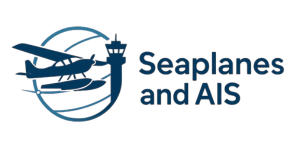
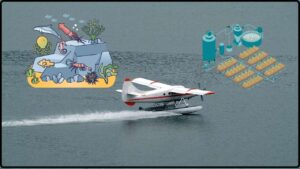
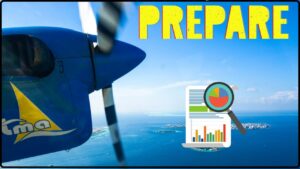

![Case Study How [Lake Association] Partners with Pilots to Stop AIS](https://seaplanesandais.com/wp-content/uploads/2025/11/Case-Study-How-Lake-Association-Partners-with-Pilots-to-Stop-AIS-300x169.jpg)
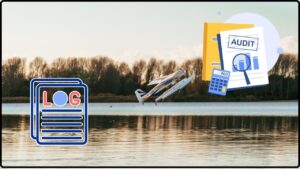
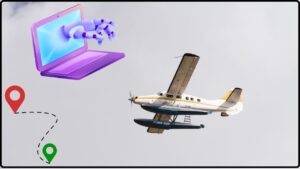


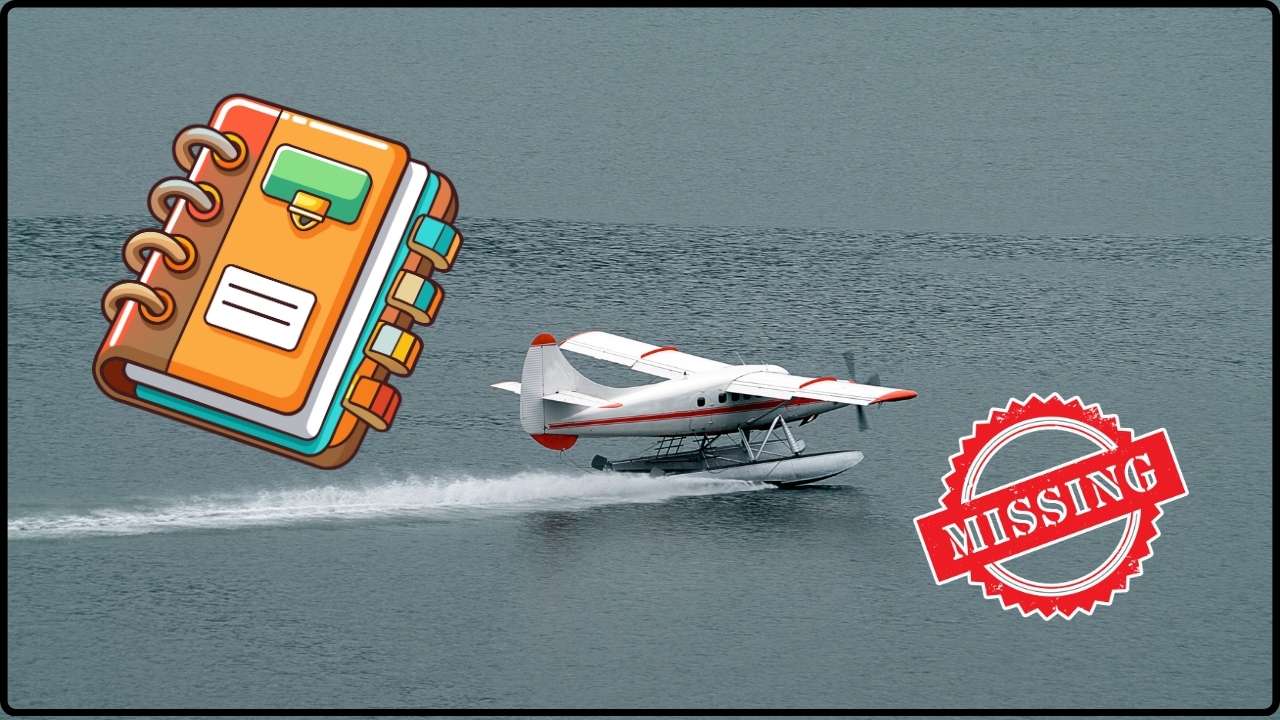

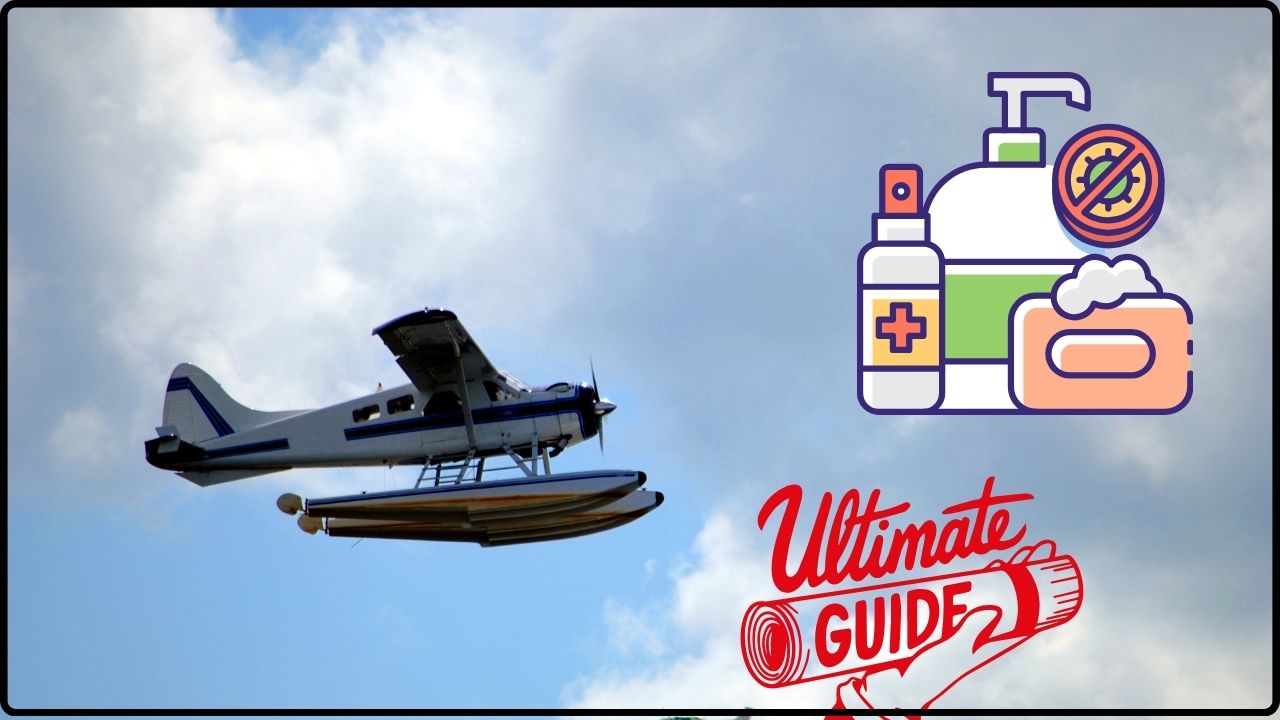


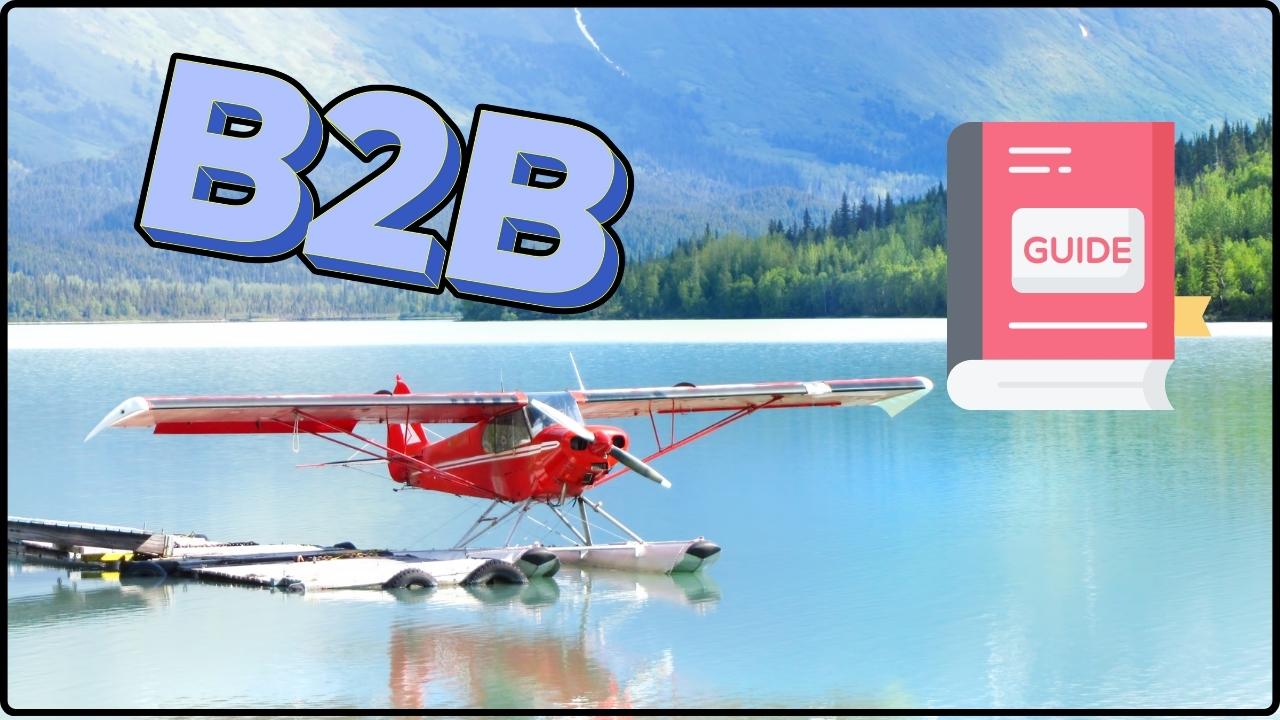
![Case Study: How [Lake Association] Partners with Pilots to Stop AIS](https://seaplanesandais.com/wp-content/uploads/2025/11/Case-Study-How-Lake-Association-Partners-with-Pilots-to-Stop-AIS.jpg)
